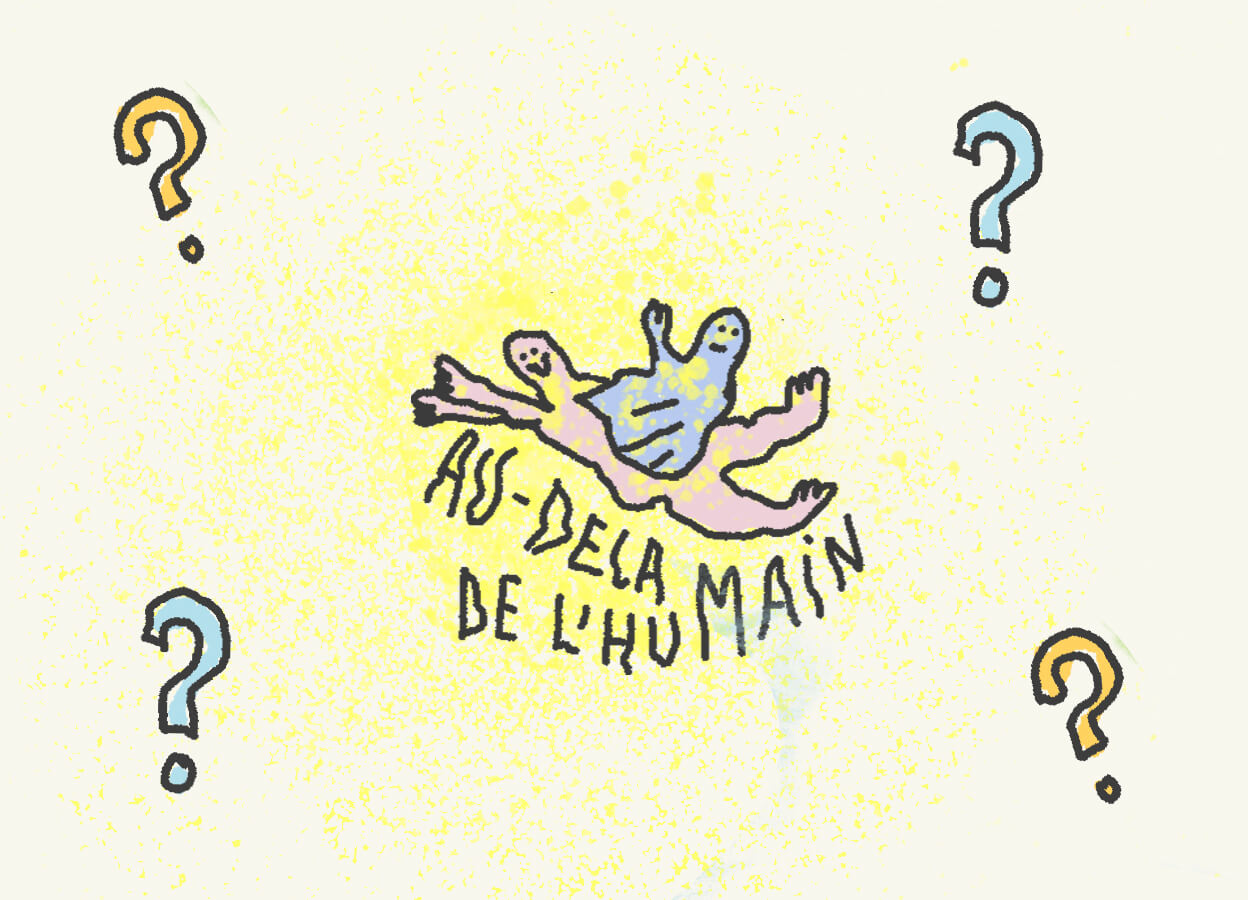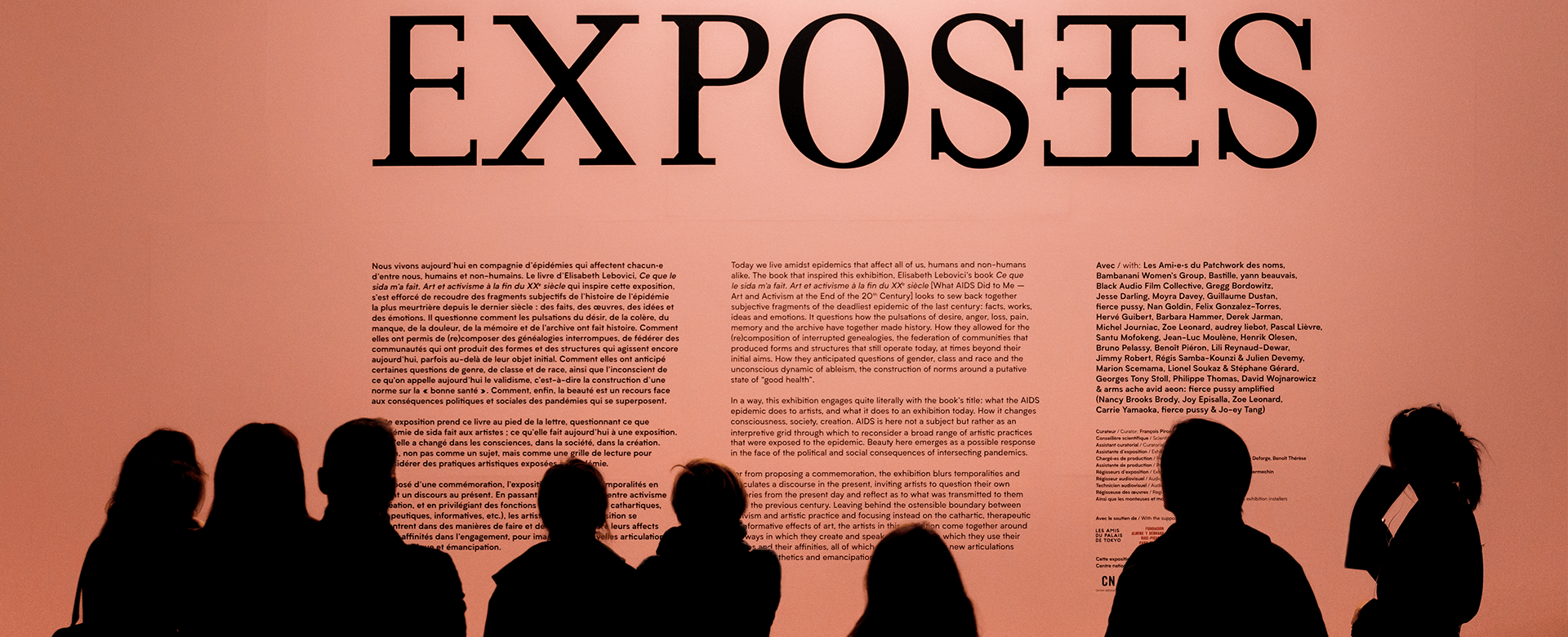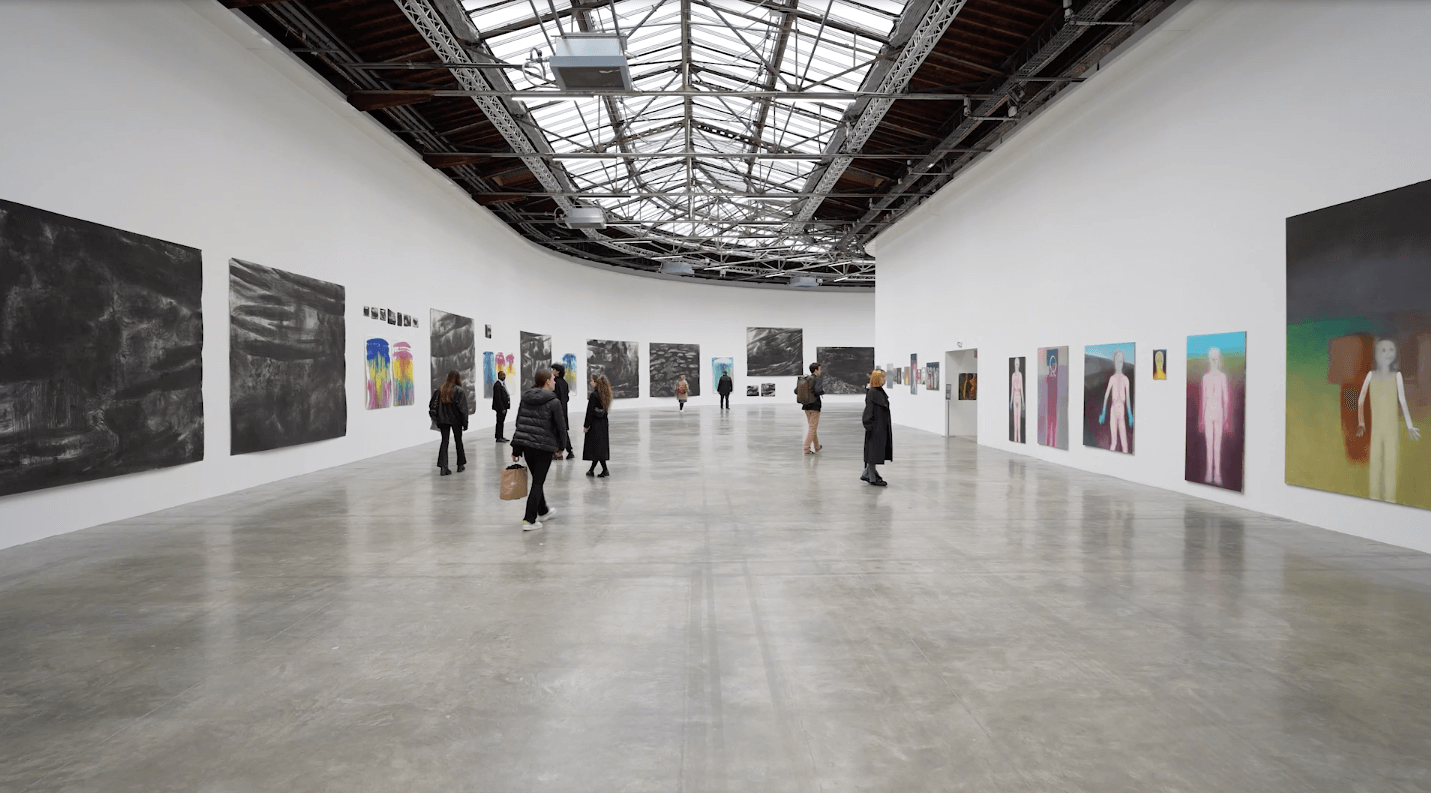SEARCH THE ENTIRE SITE
Mourning
In 1989, the American art critic and activist Douglas Crimp published Mourning and Militancy, an essay in which he evoked the possible transformation of mourning (that of loved ones but also the melancholy of pre-AIDS relationships) into a new form of activism. For Ethiopian philosopher Dagmawi Woubshet, the AIDS epidemic in the late 1980s gave rise to a unique expression of grief that he calls the “poetics of combined loss,” as queer people (see definition on next page) confront both the death of their loved ones and their own impending mortality. In 2015, philosopher Vinciane Despret published Au bonheur des morts, an investigation into “how the dead continue to enter the lives of the living.” She takes issue with the notion of “mourning work,” a normative prescription symptomatic of a rationalized world. The dead are not confined to an existence in the memory of the living. They can challenge us, demand that we remember them, and thus put us into activity. We can in turn “establish” the dead, help them to be or become who they are.




